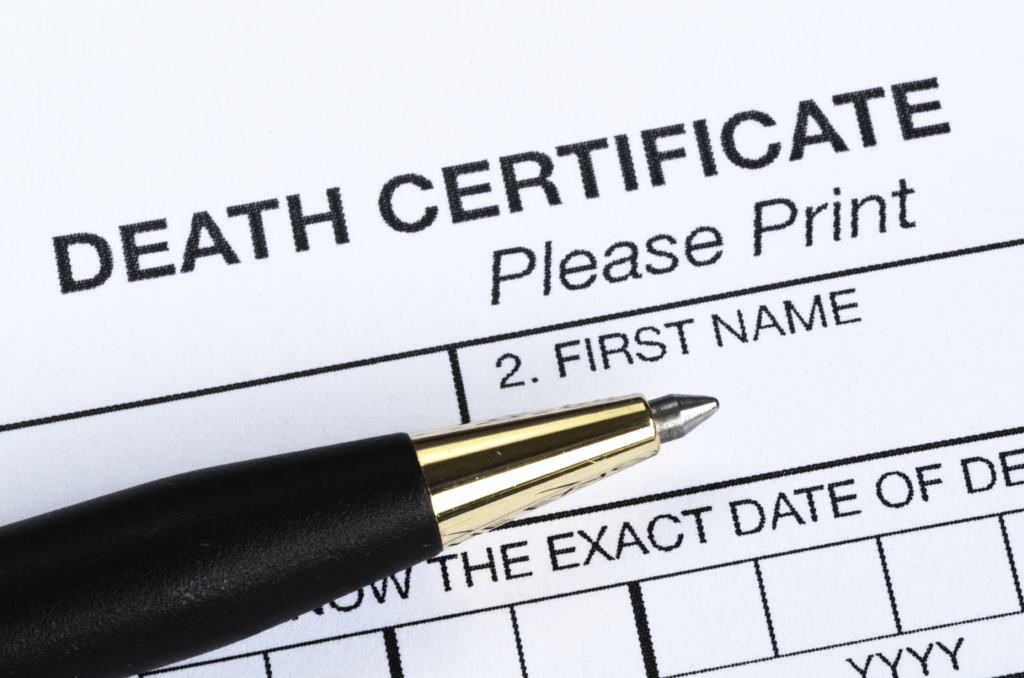Taking over someone else’s mortgage – a loan assumption, that is – can be a win-win in real estate. It can get buyers a better interest rate than they’d find today and help sellers avoid those pesky prepayment penalties. But it’s not as simple as just shaking hands and saying “deal”, you see, as you need the right paperwork to make it official and protect everyone’s best interests!
How is a loan assumption documented, then? Well, that’s a smart question to ask.
This article breaks down the essential steps and documents for a smooth and legally sound loan assumption. We’ll ensure you’re clear on what’s involved and feel confident moving forward!
How is a loan assumption documented? Key steps and documents

A loan assumption is a formal process with key steps and documents that make the transfer official and legally binding. Let’s break down its essential components.
The core document in a loan assumption is the assumption agreement. This agreement is the roadmap, outlining the terms and conditions of the loan transfer. It clearly states the responsibilities of both the original borrower (the person transferring the loan) and the assuming borrower (the person taking over the loan).
This assumption agreement is a detailed contract covering all the important details, such as:
- Identification of parties: full legal names, addresses, and contact information of both the original borrower and the assuming borrower;
- Loan details: all the nitty-gritty details about the loan being assumed, like the original loan number, the current principal balance, the interest rate, and the remaining loan term;
- Transfer date: the specific date the loan assumption becomes effective. This represents the day the assuming borrower officially becomes responsible for the mortgage;
- Payment terms: the agreed-upon schedule for the assuming borrower to make monthly payments. This usually mirrors the original loan’s payment schedule, but should be clearly stated regardless;
- Responsibilities: a clear outline of each party’s obligations, including who pays property taxes, insurance, and other associated costs;
- Default provisions: what happens if the assuming borrower misses payments? This section will outline the consequences of default and the steps the lender can take;
- Release of liability (if applicable): if the lender agrees to release the original borrower from further responsibility for the loan.
Modifying the loan document when changes are needed
Sometimes, the lender might require modifications to the original loan terms as part of the assumption process. This could involve a new interest rate, a different repayment period, or other adjustments.
In these cases, a separate loan modification agreement is used to document these changes. This agreement becomes an addendum to the original loan documents, reflecting the updated terms agreed upon by the lender and the assuming borrower.
Updating ownership

The deed of trust or mortgage – the legal document that secures the loan against the property – needs to be updated to reflect the new owner. This typically involves recording a new deed with the appropriate county or local government office and then transferring ownership from the original borrower to the assuming borrower.
This step is crucial to ensure that the assuming borrower is officially recognized as the new property owner and responsible for the mortgage.
Additional documentation that might be needed
Depending on the specific loan and what the lender requires, you might need a few more documents:
- Title insurance policy updates: title insurance protects against ownership disputes. The policy needs to be updated to cover the new owner;
- Escrow instructions: if the loan uses an escrow account (for things like property taxes and insurance), the instructions need to be updated with the assuming borrower’s information;
- Credit reports: the lender will want to check the assuming borrower’s credit history to ensure they can handle the payments. This usually involves pulling credit reports and verifying income and assets.
What is the lender’s role in a loan assumption?

In most cases, you can’t just assume a loan without the lender’s say-so. They have a vested interest in ensuring the person taking over the mortgage is financially capable and responsible. After all, they want to be confident that their loan will continue to be repaid on time.
Lenders will typically have a set of requirements that the assuming borrower must meet before they give their approval.
Lenders typically have specific requirements that an assuming borrower must meet. They’ll want to check your credit history and verify your income, assets, and debts. This financial review helps them assess your ability to comfortably handle the monthly payments and associated homeownership costs.
They might also charge a fee for processing the assumption, which can vary depending on their policies. In some instances, particularly if the property’s value has fluctuated significantly since the original loan, the lender may require a new appraisal. This protects their investment and ensures the property’s value aligns with the outstanding loan amount.
Even if everything seems in order, there are still reasons why a lender might deny a loan assumption. A poor credit history, marked by late payments or defaults, can raise red flags.
If the assuming borrower’s income or assets seem insufficient to cover the mortgage and other expenses, the lender might hesitate. A significant decline in the property’s value can also be a concern, as it affects the lender’s security in case of foreclosure.
Open communication with the lender is key, and so is being upfront about any potential issues that might affect the approval process. Providing clear and complete documentation, and working with experienced professionals can help smooth the process and increase the chances of getting the green light for your loan assumption.
Benefits and drawbacks of loan assumptions

Loan assumptions, while offering potential advantages for buyers and sellers, aren’t without their potential downsides. It’s important to weigh the benefits and drawbacks carefully before deciding if a loan assumption is the right move.
For buyers, assuming an existing loan can be a real money-saver, especially in a rising interest rate environment. If the assumed loan has a lower interest rate than current market rates, the buyer can lock in more favorable terms, potentially saving thousands of dollars over the life of the loan. Additionally, buyers might be able to avoid some of the typical closing costs associated with a new mortgage.
Sellers also benefit from avoiding potential prepayment penalties that some lenders impose for paying off a loan early. A loan assumption can provide a cleaner exit strategy, especially if they’re looking to sell their property quickly.
On the flip side, one of the primary drawbacks for sellers is the potential for lingering liability. Even if the lender approves the assumption, the original borrower might still be held responsible if the assuming borrower defaults on the loan. Securing a full release of liability from the lender is essential for sellers to protect themselves from future financial obligations.
For buyers, while assuming a loan can be financially advantageous, they are fully taking on the responsibility of the existing debt. It’s essential to thoroughly review the loan terms, understand the repayment schedule, and ensure the property’s value aligns with the outstanding loan balance.

Now you know how a loan assumption is documented!
Crucial for every smooth and legally sound transaction, this process requires careful attention to detail, thorough documentation, and open communication with the lender.
Once you understand the key steps involved – from the assumption agreement to updating the property title – you’ll be able to navigate loan assumptions with knowledge and confidence!
And if you ever need notarization services, whether it’s for a loan assumption, a power of attorney, or any other important document, the convenience of mobile notary services can make all the difference.
Skip the hassle of traveling to a notary office and let us at Mobile Notary Orlando come to you. We offer 24/7 services in Osceola, Orange, Brevard, and Seminole counties. We also provide reliable and professional notarization at a time and place that fits your schedule.
Contact us today to experience the ease and efficiency only mobile notarization can provide!






